Andrea Macchi Giovanni Moruzzi - Problems in Classical Electromagnetism
Here you can read online Andrea Macchi Giovanni Moruzzi - Problems in Classical Electromagnetism full text of the book (entire story) in english for free. Download pdf and epub, get meaning, cover and reviews about this ebook. year: 0, publisher: Springer International Publishing, Cham, genre: Home and family. Description of the work, (preface) as well as reviews are available. Best literature library LitArk.com created for fans of good reading and offers a wide selection of genres:
Romance novel
Science fiction
Adventure
Detective
Science
History
Home and family
Prose
Art
Politics
Computer
Non-fiction
Religion
Business
Children
Humor
Choose a favorite category and find really read worthwhile books. Enjoy immersion in the world of imagination, feel the emotions of the characters or learn something new for yourself, make an fascinating discovery.
- Book:Problems in Classical Electromagnetism
- Author:
- Publisher:Springer International Publishing, Cham
- Genre:
- Year:0
- Rating:4 / 5
- Favourites:Add to favourites
- Your mark:
Problems in Classical Electromagnetism: summary, description and annotation
We offer to read an annotation, description, summary or preface (depends on what the author of the book "Problems in Classical Electromagnetism" wrote himself). If you haven't found the necessary information about the book — write in the comments, we will try to find it.
Andrea Macchi Giovanni Moruzzi: author's other books
Who wrote Problems in Classical Electromagnetism? Find out the surname, the name of the author of the book and a list of all author's works by series.

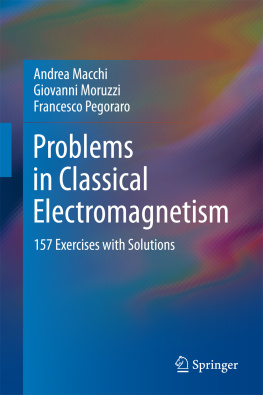
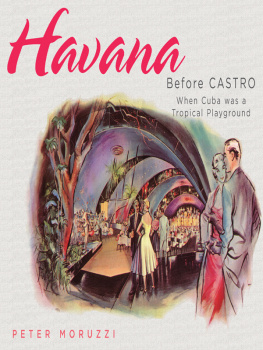

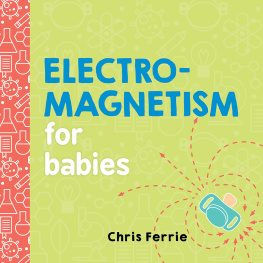

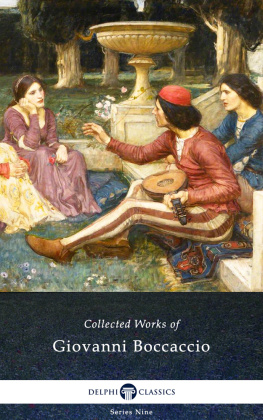
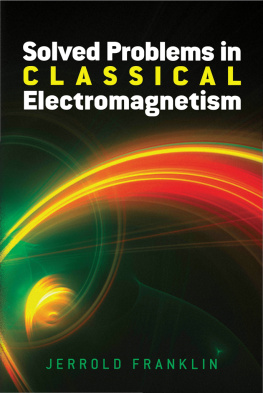
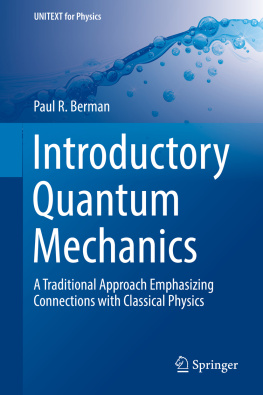




 , which for instance appears in the expression for the force between two electric point charges
, which for instance appears in the expression for the force between two electric point charges  and
and  in vacuum, with position vectors
in vacuum, with position vectors  and
and  , respectively. The Coulomb force acting, for instance, on
, respectively. The Coulomb force acting, for instance, on  is
is 
 is Coulombs constant, dependent on the units used for force, electric charge, and length. The vector
is Coulombs constant, dependent on the units used for force, electric charge, and length. The vector  is the distance from
is the distance from  to
to  , pointing towards
, pointing towards  , and
, and  the corresponding unit vector. Coulombs constant is
the corresponding unit vector. Coulombs constant is 
 F/m is the so-called dielectric permittivity of free space, and is defined by the formula
F/m is the so-called dielectric permittivity of free space, and is defined by the formula 
 H/m (by definition) is the vacuum magnetic permeability, and c is the speed of light in vacuum,
H/m (by definition) is the vacuum magnetic permeability, and c is the speed of light in vacuum,  m/s (this is a precise value, since the length of the meter is defined from this constant and the international standard for time).
m/s (this is a precise value, since the length of the meter is defined from this constant and the international standard for time).

 is the electric field, and
is the electric field, and  is the volume charge density, at a point of location vector
is the volume charge density, at a point of location vector  at time t . The infinitesimal volume element is
at time t . The infinitesimal volume element is  . In () is evaluated over an arbitrary closed path C . Since
. In () is evaluated over an arbitrary closed path C . Since  , it is possible to define an electric potential
, it is possible to define an electric potential  such that
such that 
 is
is 
 is
is 
 (which corresponds to a charge distribution
(which corresponds to a charge distribution  , with
, with  the Dirac-delta function) is
the Dirac-delta function) is 
 associated with a given distribution of electric charges and fields is given by the following expressions
associated with a given distribution of electric charges and fields is given by the following expressions